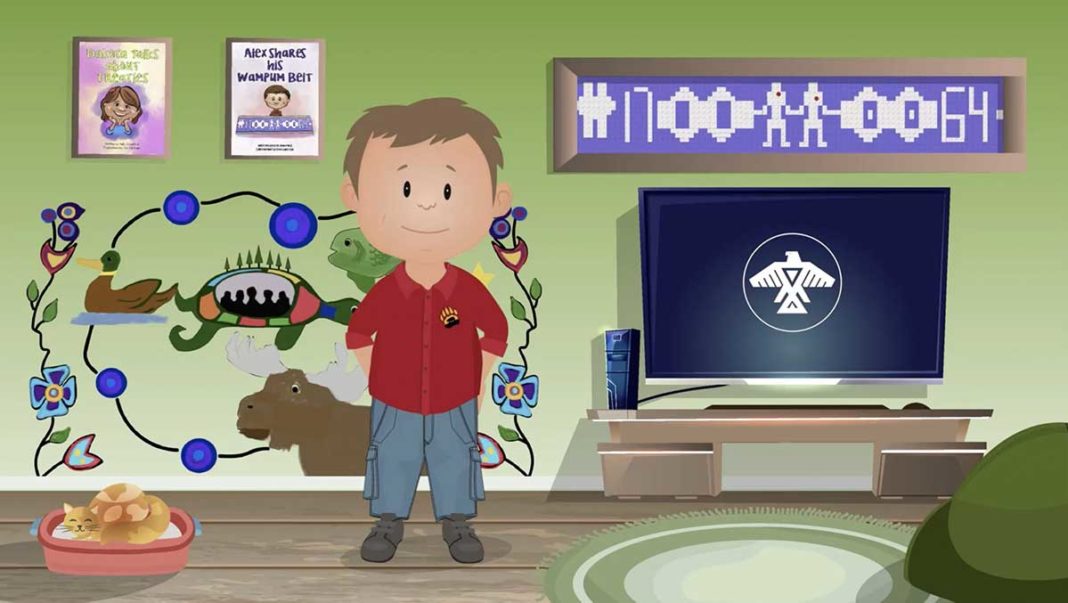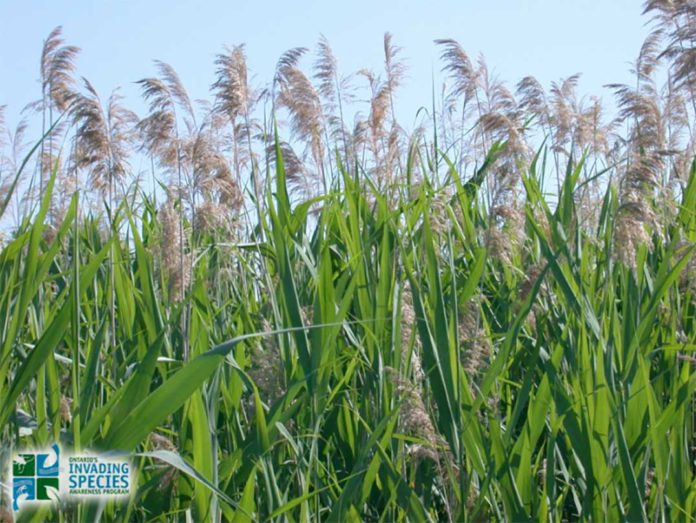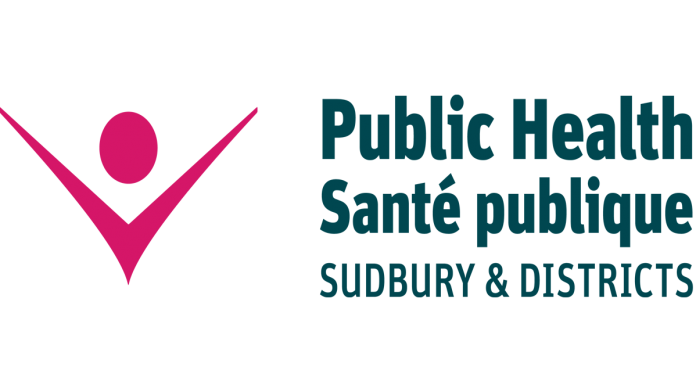NIPPISSING FIRST NATION – Recent studies have noted that while more than 50 percent of Canadians are pleased to hear Indigenous land acknowledgements, barely 24 percent realize they live on treaty lands. The Anishinabek Nation has recently launched a series of online education tools ‘Eshi-nawending: How we are related’ in order to facilitate education on First Nations history, treaties and aboriginal rights.
While the tools are primarily aimed at Indigenous elementary students and new learners, they are open to everyone and provide an ideal opportunity for anyone who wishes to learn more about the stories of the land, as told by the original inhabitants of Turtle Island rather than through the usual non-Native lens.
“‘Ezhi-nawending: How we are related,’ this critical teaching tool builds upon our shared history to assist and grow to understand our responsibilities and relationships,” said Anishinabek Nation Grand Council Chief Reg Niganobe. “We are connected through the treaty relationships between Anishinaabe and the Canadian nation with which we share our territory. As the importance and discussion around treaties continue to grow, tools such as this will help everyone learn important information before joining conversations.”
Grand Council Chief Niganobe referenced the work done in the past by the late Sam George, brother of slain Anishinaabe activist Dudley George and noted that these free online resources will enable the caregivers of the 80 percent of Indigenous children who live off-reserve to explore and learn about their history, culture and language.
Wiikwemkoong Unceded Territories Ogimaa Duke Peltier, who was involved in the project, said he was happy with the products developed by the development team and referenced the timing of the project, “given events happening across Canada.”
The resources will enable parents “to become involved in learning about the land that they live on” as they engage with their children.
‘Ezhi-nawending: How we are related’ builds on the ‘We are all Treaty People’ elementary teachers’ kit that was launched in May 2015. That kit included a 800-piece LEGO replica of the Treaty of Niagara wampum belt.
Team member Kelly Crawford noted that the development team had visited many schools and shared with a lot of students during the initial phase of the production. She pointed out the new online set of resources introduces young students and new learners to topics like wampum and natural law and is comprised of 80 animated shorts and videos, including interactive games in which learners will enjoy the vivid animation, avatars and videos. The online resources also include activities such as a virtual escape room, mapping and trivia games.
The Anishinabek Nation is committed to supporting clear and responsible understanding of the treaty relationship, noted Regional Chief Niganobe, who pointed out that the education and awareness of treaties made with First Nations will help Canadian citizens understand their own obligations as subjects of treaty conditions in this country.
Just shortly following the press conference, it was announced that the Canadian oath of citizenship now includes an affirmation of respect for the treaties and Indigenous rights.
Ms. Crawford also stressed the point that, although the resources are geared to elementary level students, the resources are open to everyone and will provide people of all ages an opportunity to learn more about the treaty relationships.
The Truth and Reconciliation Commission Calls to Action, recommendation No. 62 Education for Reconciliation, called upon the federal and territorial governments, in consultation and collaboration with survivors, Indigenous peoples and educators to: “make age-appropriate curriculum on residential schools, treaties, and Indigenous people’s historical and contemporary contributions to Canada a mandatory education requirement for Kindergarten to Grade 12 students.” While initially geared to Indigenous schools, ‘Ezhi-nawending: How we are related’ is connected to the Ontario curriculum and available for teachers from any school system to download free of charge.
While ‘Ezhi-nawending: How we are related’ resources are only available in English, the kits themselves are all available in French, Marci Becking, senior communications officer with the Anishinabek Nation responded to a question from the media.
“I have always thought it’s great to get our educational resources out to all schools in Ontario and across the Anishinabek Nation,” said Southeast Regional Deputy Grand Council Chief James Marsden. “It’s so important that young people learn of our history and treaties to give them a better understanding of our plights as First Nations people. I hope that students and new learners alike enjoy this new interactive educational resource filled with wonderful teachings from Anishinaabeg and knowledge keepers from across the nation.”
Wiikwemkoong elder Josh Eshkawkogan appears as an avatar in the online resources. “I could have used a little off my belly,” he joked, but quickly turned serious on the subject of the work itself, noting that he was honoured to be able to share the knowledge he has built up over a lifetime. “It is really important to educate our young people on how we fit in the region,” he said. “I am really proud of the work.”
Ms. Crawford addressed the pressures on the development team, focussed on getting the story right and the fears expressed by teachers that they could be telling the story “wrong.” The resources should go a long way toward alleviating those kinds of fears.
The resources can be found on YouTube.com by searching for ‘Ezhi-nawending: How we are related.’





